Literary rating: ★★★½
Kick-butt quotient: ☆☆
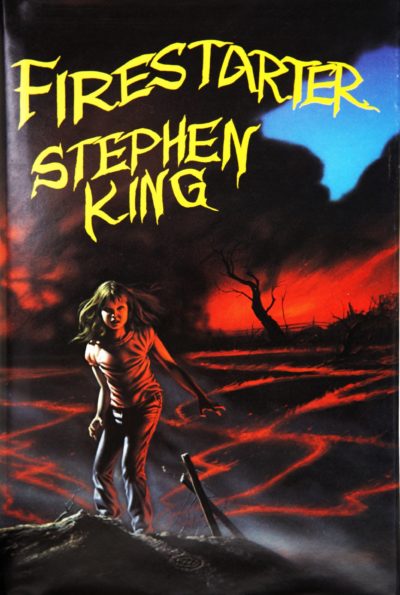 Having watched both versions of the film, I followed up by reading the book on which they were based. Despite my general fondness for horror, I haven’t read very much Stephen King: this is only the second novel of his, after Salem’s Lot. First thought: at 576 pages in the mass paperback edition, it’s quite a door-stopper, and you can see the problems in adapting a work of that size into a movie. Inevitably, a lot of the detail and nuance is going to be excised. There’s no doubt, the 1984 version is more faithful; the 2022 adaptation takes the basic concept of a young girl with pyrokinetic powers, on the run from the government with her father, and does its own thing, more or less.
Having watched both versions of the film, I followed up by reading the book on which they were based. Despite my general fondness for horror, I haven’t read very much Stephen King: this is only the second novel of his, after Salem’s Lot. First thought: at 576 pages in the mass paperback edition, it’s quite a door-stopper, and you can see the problems in adapting a work of that size into a movie. Inevitably, a lot of the detail and nuance is going to be excised. There’s no doubt, the 1984 version is more faithful; the 2022 adaptation takes the basic concept of a young girl with pyrokinetic powers, on the run from the government with her father, and does its own thing, more or less.
How you feel about those different approaches, probably depends on how you feel about the original book. Despite the length, it wasn’t a chore; I was typically reading 25-30 minutes a night, and never felt like it was a burden. King had a relatively straightforward style, that’s generally easy to read. The novel does, like the 1984 film, move back and forth in the time-line. It begins with Charlie and her dad trying to escape the experimental government program which spawned them, only later filling in how they got to this point – both the events of that program, and the subsequent surveillance, leading to the death of her mother. This, to me, worked better on the page than the screen, where it ended up becoming too convoluted.
You get a good deal more background on “The Shop”, the murky federal group behind everything, and its employees. In particular, a good portion is told from the perspective of near-insane operative, John Rainbird, Here, he’s very badly disfigured, the result of a friendly-fire incident in the Vietnam War, which seems to have helped push him over the edge. His madness is considerably more apparent in the book, along with the dubious nature of his psychological attachment to – almost dependence on – Charlie. The novel also delves deeper into Charlies’ internal struggle for self-control, fighting to keep hold of her talent, rather than letting it rule her.
While both film versions end with her fiery escape from the shop, albeit in radically different ways, the book has a fairly lengthy coda. [spoilers follow]. This covers Charlie’s return to the Manders farm, where she finds sanctuary once more. Inevitably, however, word seeps out and the Shop pay a visit, only to find their target already left. The novel finishes with Charlie arriving at the offices of Rolling Stone magazine, ready to tell her story. From a 2022 viewpoint, this had not aged well, with that publication now a de facto mouthpiece for the establishment, with as much counter-culture credibility as Teen Vogue or Buzzfeed. However, this remains an entertaining read, and if such a talent ever existed, you sense the events it depicts are quite plausibly how things could go down. Here’s hoping we never find out.
Author: Stephen King
Publisher: Pocket Books, available through Amazon, both as a paperback and an e-book
Standalone novel.





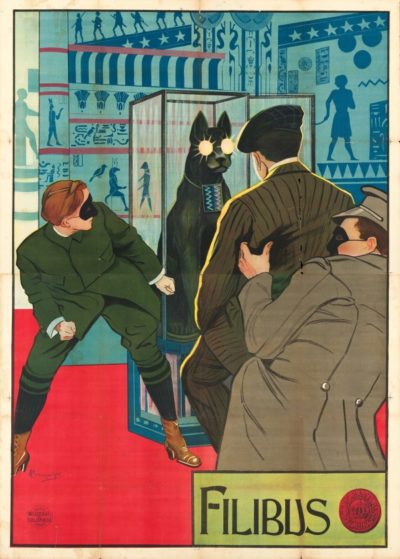 Ladies and gentlemen, we appear to have a new record holder for the earliest action heroine feature film. Dating from all the way back in 1915, and thus pipping
Ladies and gentlemen, we appear to have a new record holder for the earliest action heroine feature film. Dating from all the way back in 1915, and thus pipping  Bea is living a quiet life, far out in the Wyoming countryside, with her husband Justin and young son, Bear. However, this isolation is an entirely deliberate choice in order to escape from her past. For in her previous life, she was Phoenix Romano, an enforcer and hit-woman for her mob boss father. After deciding she’d had enough of that life, she liberated several millions of his money, and vanished, hoping never to be found again. Naturally, things don’t quite work out like that. Justin and Bear are killed in a car crash, but Phoenix has reason to suspect it wasn’t an accident, and that instead her past life is catching up with her. But why did whoever was responsible for that go after her family, and leave her alive?
Bea is living a quiet life, far out in the Wyoming countryside, with her husband Justin and young son, Bear. However, this isolation is an entirely deliberate choice in order to escape from her past. For in her previous life, she was Phoenix Romano, an enforcer and hit-woman for her mob boss father. After deciding she’d had enough of that life, she liberated several millions of his money, and vanished, hoping never to be found again. Naturally, things don’t quite work out like that. Justin and Bear are killed in a car crash, but Phoenix has reason to suspect it wasn’t an accident, and that instead her past life is catching up with her. But why did whoever was responsible for that go after her family, and leave her alive?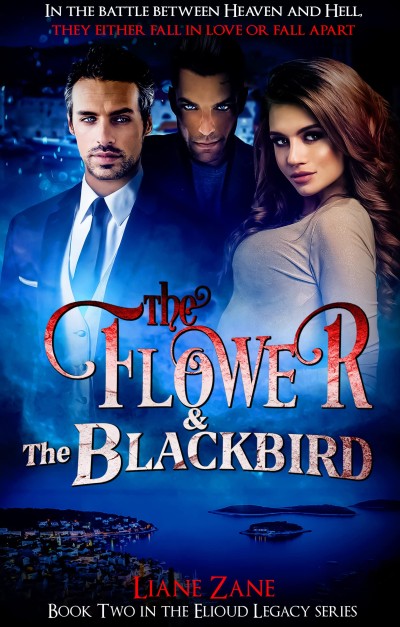 My friend Liane Zane kindly gifted me with a paperback copy of this second of her Elioud Legacy novels, as she did with the first one (The Harlequin & The Drangùe), in exchange for an honest review. Having liked the first book, I was glad to accept; and I wasn’t disappointed with the sequel!
My friend Liane Zane kindly gifted me with a paperback copy of this second of her Elioud Legacy novels, as she did with the first one (The Harlequin & The Drangùe), in exchange for an honest review. Having liked the first book, I was glad to accept; and I wasn’t disappointed with the sequel!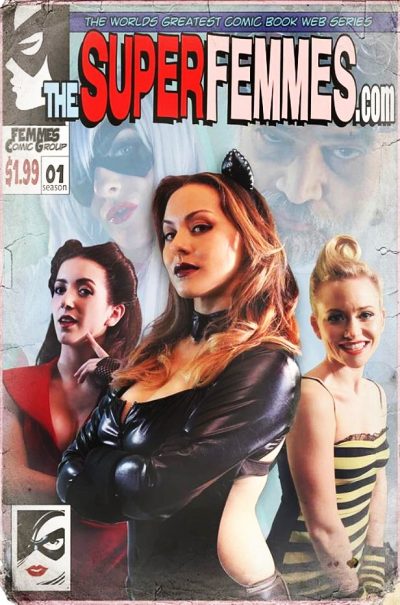 Running a crisp 58 minutes in its omnibus edition, this is a bit like
Running a crisp 58 minutes in its omnibus edition, this is a bit like 
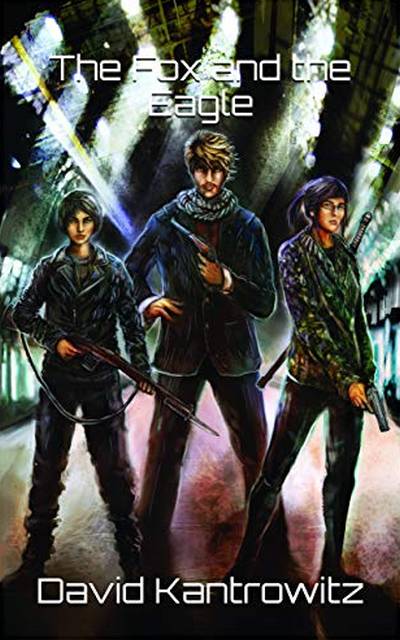 I don’t typically buy fourth books in a series, but didn’t actually realize that was the case here until after I’d finished it. From what I can gather, this is set in the same universe at its predecessors, but introduces a new set of characters. It certainly works well enough as a stand-alone entity, and poses no problems read on its own.
I don’t typically buy fourth books in a series, but didn’t actually realize that was the case here until after I’d finished it. From what I can gather, this is set in the same universe at its predecessors, but introduces a new set of characters. It certainly works well enough as a stand-alone entity, and poses no problems read on its own.
 Make no mistake, this is a cheap and unashamed knockoff of Jumanji, made by the company who specializes in these mockbusters, The Asylum. It’s not their first such venture into the action heroine genre. If you remember my evisceration of
Make no mistake, this is a cheap and unashamed knockoff of Jumanji, made by the company who specializes in these mockbusters, The Asylum. It’s not their first such venture into the action heroine genre. If you remember my evisceration of  There’a a good film in here. Actually, there may be as many as three good films in here. But the way in which they are melded together, manages to rob a good chunk of the power and impact from all of them. We begin by following Mathilde H (Bercot), a war journalist clearly modelled
There’a a good film in here. Actually, there may be as many as three good films in here. But the way in which they are melded together, manages to rob a good chunk of the power and impact from all of them. We begin by following Mathilde H (Bercot), a war journalist clearly modelled